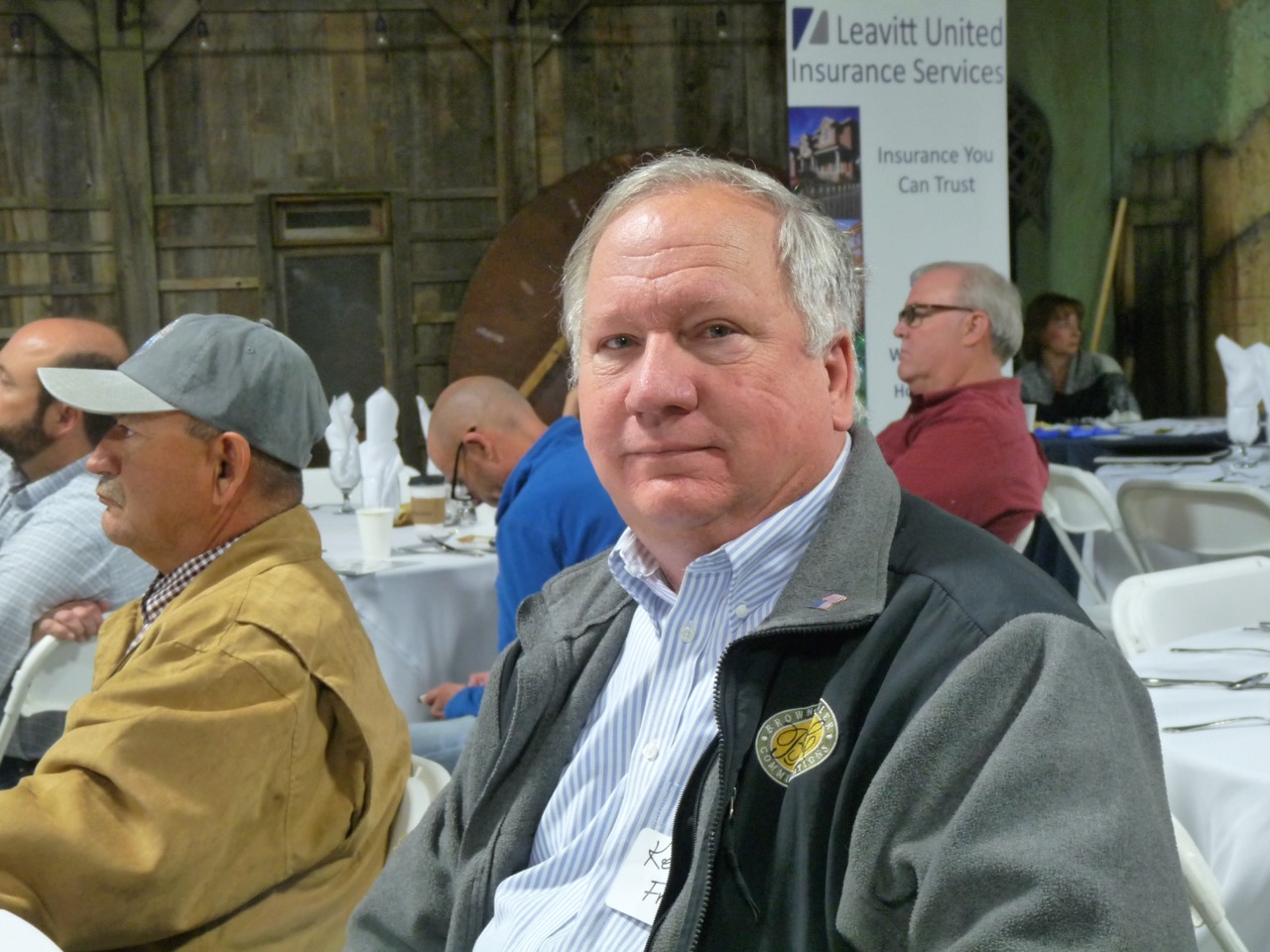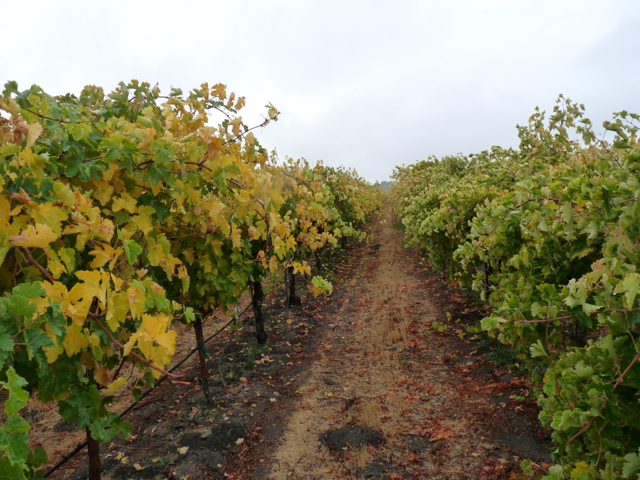Breeding for Pierce’s Disease Resistance Has Sped Up
Traditional Breeding Helps Find Resistance to PD
By Patrick Cavanaugh, Farm News Director
The glassy-winged sharpshooter is a major vector of Pierce’s Disease, which kills grape vines. Pierce’s Disease devastated the grape industry in southern California and lead to the creation of the Pierce’s Disease/Glassy-Winged Sharpshooter Board (PD/GWSS Board). Government programs to fund research on glassy-winged sharpshooters and Pierce’s Disease invest nearly $20 million annually.
California Ag Today recently spoke with Ken Freeze, the outreach and education director for PD/GWSS. He told us about two major methods of control and prevention that the board is funding.
“There’s the area-wide control program, which does everything it possibly can to pretty much keep the glassy-winged sharpshooter confined to basically the southern part of the state,” Freeze said.
This control program prevents the further spread of Pierce’s Disease into other parts of the state, which could devastate wine growers. In addition to preventing the further spread of Pierce’s Disease, the board is also funding additional research into hopefully finding a cure.
“We’ve got UC Davis Genetics Professor Andy Walker working on Pierce’s Disease resistant grapevine before the program, and he just released some of those vines to the UC Davis Foundation Plants Services.”
Freeze said this development has been done through traditional breeding, with the assistance of some new technology.
Walker’s traditional breeding is sped up by a lot of high tech tools. Previously growers would crossbreed, however they’d have to infect the vine and see if it got Pierce’s Disease.
“That could take a year or two. Now they know the genetic markers, so when the plant has only two or three leaves on it, researchers pull a leaf, do a DNA track on it, and look for that marker,” Freeze explained. “Depending on the marker, the vine either goes to the next step in breeding or it ends up in the trash heap. So that has just sped up that process incredibly.”
“Again, that’s all just using traditional breeding,” Freeze said.
















